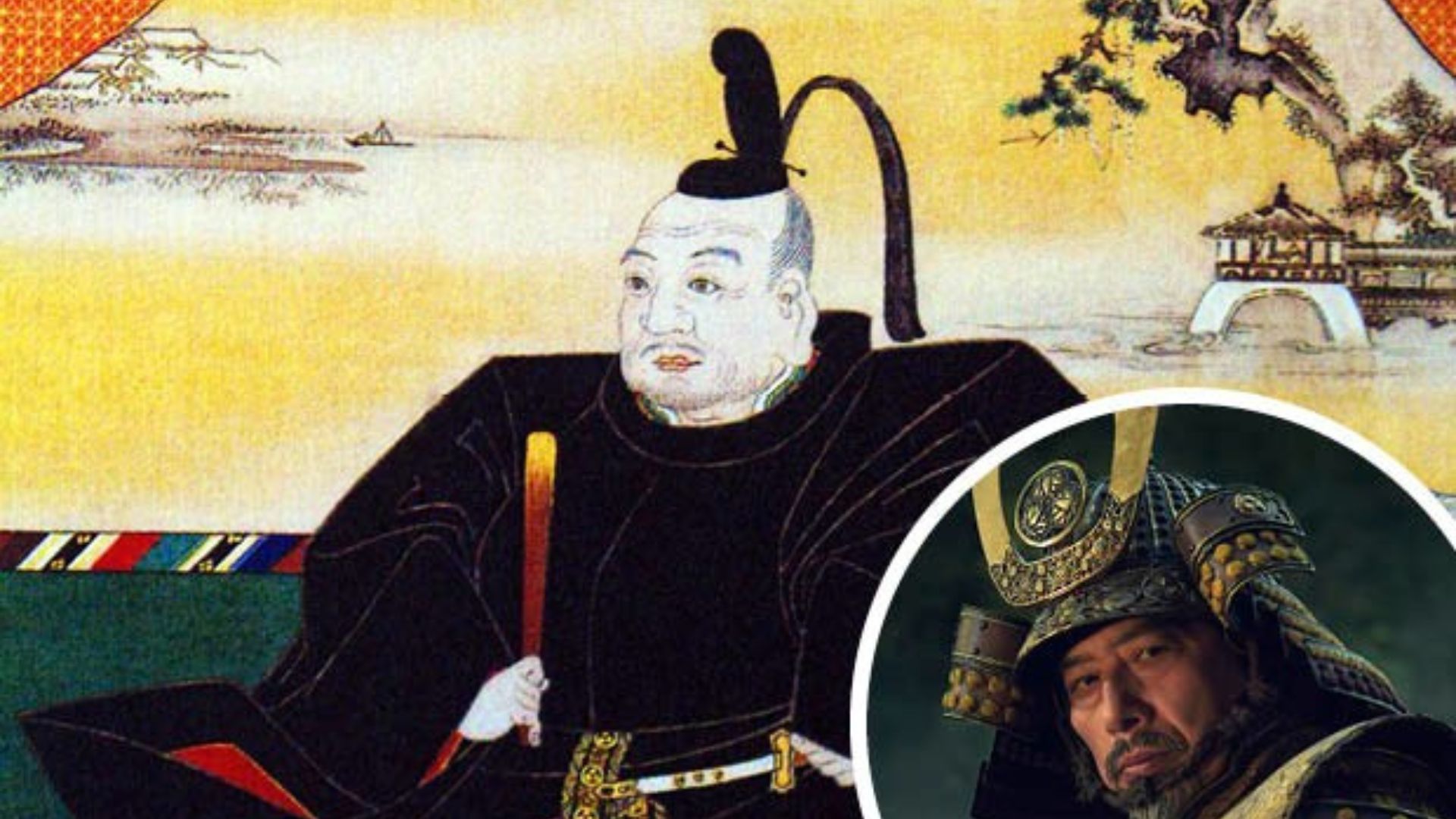Date Masamune is one of the most well-known and influential figures in Japan’s Sengoku period. Born in 1567, Masamune earned the nickname “The One-Eyed Dragon” due to his distinctive appearance and his formidable leadership. His legacy as a military leader, strategic genius, and ruler continues to be celebrated in Japan today.

Early Life and Background
Masamune was born as the son of Date Terumune, the head of the Date clan. However, his early life was marred by hardship. At the age of 17, Masamune was struck by a severe illness that resulted in the loss of his right eye. This gave him the famous moniker “The One-Eyed Dragon.” Despite his injury, Masamune’s military prowess was undiminished. As a result, he became a highly respected and feared warlord.
Masamune succeeded his father as the head of the Date clan, which was located in the northeastern region of Japan, specifically in what is now modern-day Miyagi Prefecture. Under his leadership, the clan rose to prominence.
Military Career and Conquests
Masamune’s ambition and military acumen were key to his rise. He played an instrumental role in the unification of Japan during the Sengoku period. In addition to leading his forces in battles against powerful rivals, such as the Hojo and Takeda clans, Masamune expanded his territory across the Tohoku region.
One of his most famous accomplishments was his campaign to strengthen his domain in the north. He cleverly used alliances, diplomacy, and military force to expand his influence and fortify his clan’s position. His primary goal was to bring order to the Tohoku region and eventually join forces with other powerful warlords under the banner of Toyotomi Hideyoshi.
In addition to his military expertise, Masamune also had a strong sense of honor and loyalty, which earned him respect among his peers. Though known for his ruthlessness in battle, he was also skilled in negotiating alliances and securing political support. His leadership was central to the success of the Date clan during this tumultuous period.
Contributions to Japanese Culture and Politics
Masamune was not only a great warrior but also a patron of the arts and culture. He made significant contributions to the development of the region’s infrastructure, including building several impressive castles. The most famous of these is Sendai Castle, located in the heart of his domain. Today, Sendai remains a major city, and the legacy of Masamune can still be seen in the city’s historical sites and monuments.
Under his rule, Masamune also encouraged trade and established connections with other regions, such as the Portuguese and Spanish, fostering economic development and cultural exchange. He is credited with opening Japan to the outside world, helping to bring new ideas, technology, and goods into the country.
Despite his success in uniting the Tohoku region, Masamune’s political ambitions were cut short when Toyotomi Hideyoshi began his own unification of Japan. Although Masamune initially allied with Hideyoshi, he continued to expand his influence and territory, earning both admiration and distrust from other regional leaders.
Legacy and Influence
Masamune’s legacy extends far beyond his military successes. His commitment to his people, his clan, and his strategic genius made him a lasting figure in Japanese history. His persona as the “One-Eyed Dragon” symbolized his tenacity, resilience, and determination.
Though Masamune died in 1636, his descendants continued to rule the Date clan, and his name remains synonymous with strength, leadership, and ambition. Today, he is remembered not only as a great warlord but also as a symbol of the Sengoku period, which marked the end of feudal warfare and the beginning of Japan’s unification under the Tokugawa shogunate.











